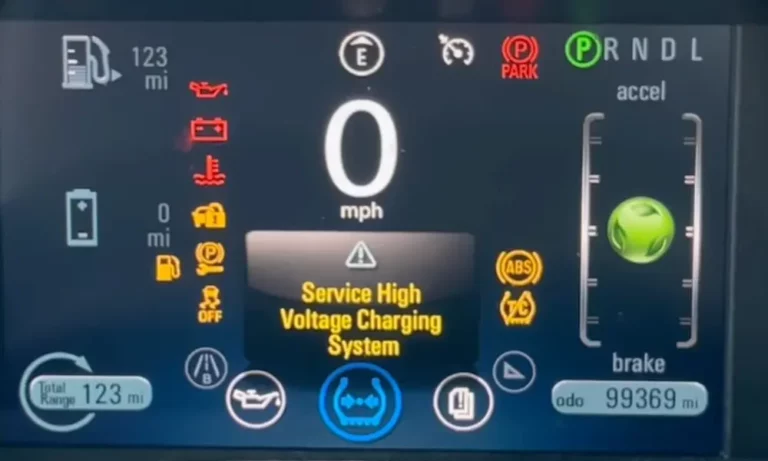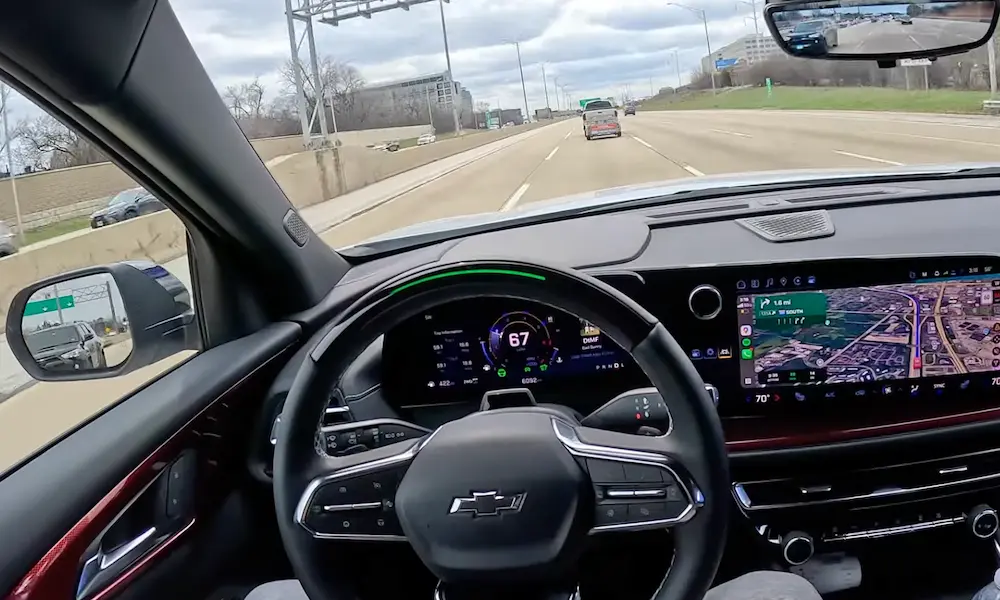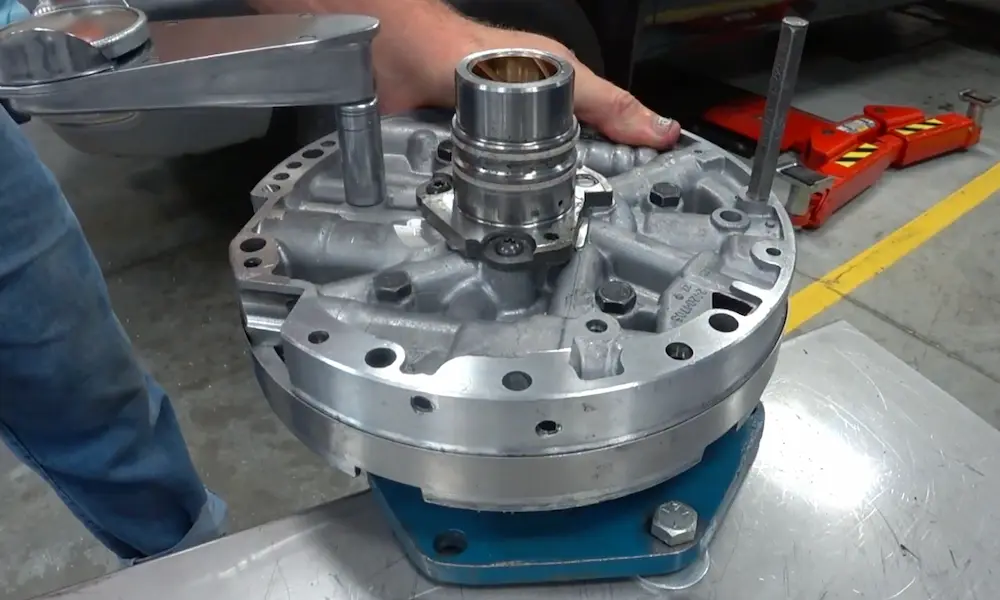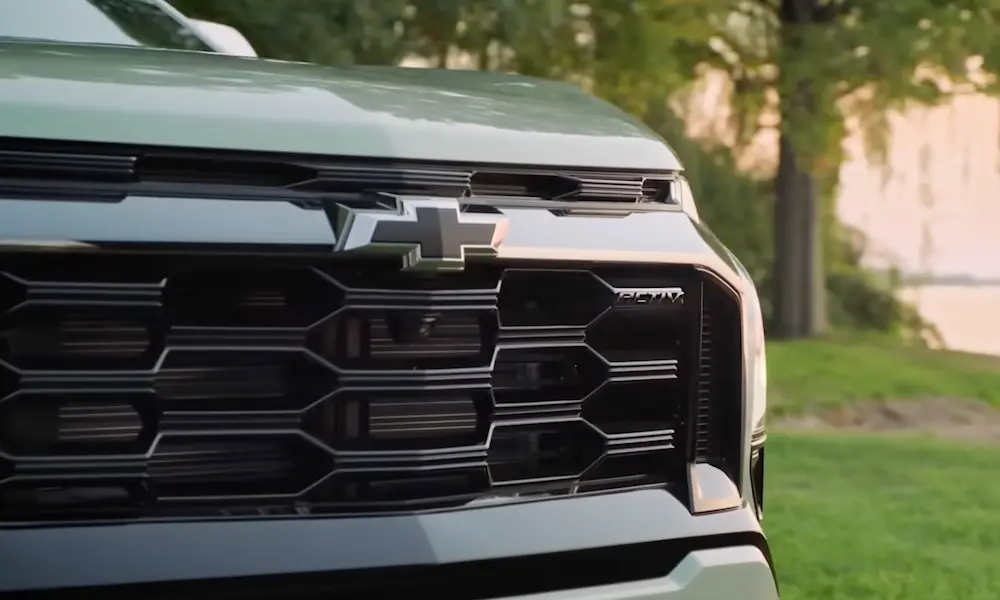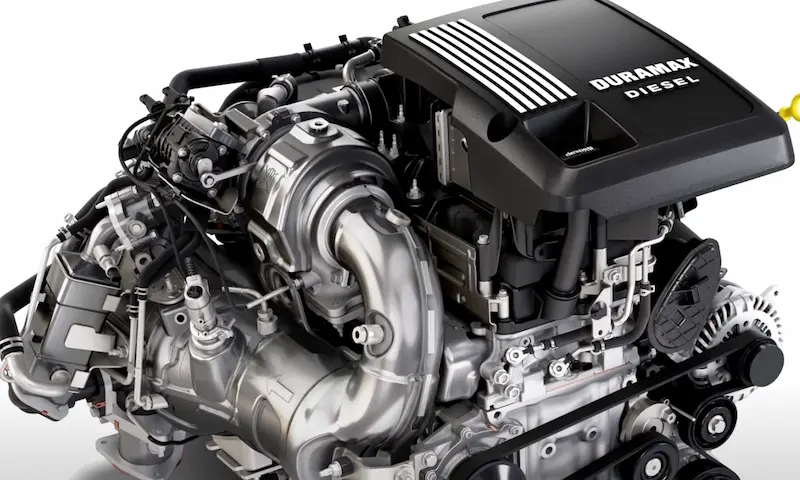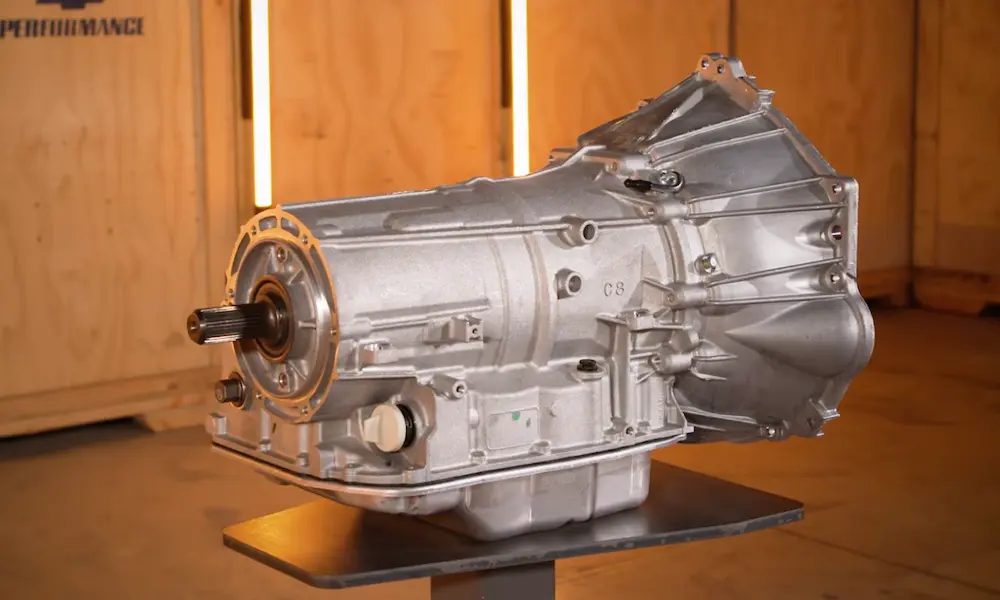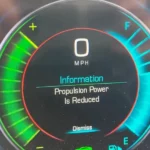You’ve seen the message flash on your dashboard: “Service High Voltage Charging System.” Your heart sinks as your Chevy Volt refuses to charge. Don’t panic — this common issue affects many Volt owners, particularly those with first-generation models. The good news? This error often stems from sensor issues rather than actual battery problems, and several proven solutions exist.
What Does the “Service High Voltage Charging System” Error Mean?
When this warning appears on your Volt’s dashboard, it immediately prevents normal charging operations. What makes this error particularly frustrating is that it’s a “latching” code — it won’t clear with standard OBD readers and persists until properly addressed. Many owners report the error appearing suddenly during normal operation, often while backing out of the driveway or after routine maintenance for unrelated issues.
Common Causes of the SHVCS Error
Coolant Level Sensor Malfunctions
The most frequent trigger is a faulty coolant level sensor. Your Volt’s battery cooling system uses sensors to monitor coolant levels, shutting down charging if levels appear too low. These sensors are notorious for providing false readings even when coolant levels are perfectly fine. You might check your coolant and find it at normal levels, yet the error persists — a clear sign of sensor problems rather than actual coolant issues.
Software and Firmware Issues
Outdated software in your High-Voltage Power Control Module 2 (HPCM2) and Battery Energy Control Module (BECM) represents another common cause. These control modules require specific calibrations to properly monitor the battery system. When your software is outdated or corrupted, it can trigger false SHVCS errors that won’t go away without reprogramming.
Isolation Test Resistance Problems
Some technical evaluations point to the “Isolation Test Resistance” function as a culprit. This system tests the electrical isolation of your high-voltage battery system, and false readings can trigger the warning message. This is a more technical aspect that standard diagnostics might miss.
How to Diagnose the SHVCS Error
When the error appears, several diagnostic codes are typically stored in your vehicle’s computer system. The most commonly reported error codes include:
- P01E00
- P0AA6
- P1EFF
- P1FFF
These codes specifically relate to your high-voltage charging system and battery management system.
Professional Diagnostic Steps
Dealerships typically follow this protocol:
- Checking for actual coolant leaks in the battery system
- Verifying coolant levels in all reservoirs
- Testing the coolant level sensors
- Checking for high-voltage isolation faults
- Reviewing Technical Service Bulletins (TSBs) related to the issue
DIY Diagnostic Options
If you’re technically inclined, you have several options:
- Use an MX Plus scanner to read detailed codes
- Try apps like MyGreenVolt and MyVoltControl for battery diagnostics
- Test your 12V battery (low voltage can sometimes trigger SHVCS errors)
Solutions That Actually Work
Several approaches have proven effective for resolving the SHVCS error:
Dealership Reprogramming
The most comprehensive and manufacturer-approved solution involves dealership reprogramming of your HPCM2 and BECM modules with the latest firmware. This solution is referenced in GM’s Technical Service Bulletin #21-NA-224 and bulletin #5377627. The reprogramming takes about an hour and requires specialized GM diagnostic equipment (the GDS2 system).
Most dealers charge between $175-$250 per module for reprogramming, with total costs typically ranging from $250-$600 depending on the dealer and which modules need updating. This solution addresses the underlying software issues and follows GM’s official recommendation.
Temporary Code Clearing
Many owners have successfully cleared the code temporarily using OBD scanners, allowing them to charge their vehicles until the code reappears. While not a permanent fix, some owners have maintained this approach for years, resetting codes daily without apparent negative consequences. This approach doesn’t address underlying issues but provides a workable solution.
The Defeat Plug Solution
A popular third-party solution is the “defeat plug” from CanBusTools.com, which effectively bypasses the problematic coolant sensor. Installation requires temporarily disconnecting the 12V battery. While effective for sensor-related issues, it doesn’t address actual coolant problems or other potential causes, so you should continue manually monitoring coolant levels.
DIY Reprogramming
For the technically advanced, some owners have purchased a VCX Nano device and a subscription to ACDelcoTDS.com to perform their own module reprogramming. This approach requires significant technical knowledge but can save on dealer costs if you’re comfortable with such procedures.
Cost Comparison: What You’ll Pay to Fix It
The financial impact varies significantly depending on your chosen approach:
| Solution | Cost Range | Pros | Cons |
|---|---|---|---|
| Dealer Diagnosis & Reprogramming | $175-$600 | Official solution, addresses root cause | More expensive, requires dealer visit |
| Component Replacement (rare cases) | $1,000-2,000 | Fixes hardware issues if present | Very expensive, often unnecessary |
| Defeat Plug | $70-100 | One-time fix, relatively affordable | Bypasses sensor without fixing underlying issue |
| DIY Reprogramming Equipment | $300-500 | Can perform other maintenance, one-time investment | Requires technical expertise |
| OBD Scanner for Code Clearing | $50-200 | Most affordable option | Requires ongoing intervention |
Some owners report being quoted much higher figures ($1,000+) for diagnostics alone, which many experienced Volt owners consider excessive and unjustified.
Making Smart Decisions About Your Volt
When dealing with the SHVCS error, consider these important factors:
Safety Considerations
While the error is frequently triggered by false sensor readings rather than actual problems, high-voltage systems demand appropriate caution. If charging is possible after clearing codes, this typically indicates your battery system is functioning properly. However, persistent or changing error codes might indicate evolving issues that warrant professional attention.
Age and Value Calculations
With first-generation Volts now 10-15 years old, cost-benefit analysis becomes important. For older vehicles with lower market values, expensive dealer solutions might not make economic sense, making temporary workarounds or the defeat plug solution more attractive.
Step-by-Step Approach to Resolving SHVCS Issues
- Verify coolant levels in all reservoirs to rule out actual coolant problems
- Scan for error codes using an OBD scanner compatible with hybrid vehicles
- Research the specific codes found to understand what systems are affected
- Try clearing the codes to see if the issue is temporary or persistent
- Check your 12V battery health, as low voltage can trigger false errors
- Consider your budget and vehicle value when choosing between solutions
- If opting for dealer service, specifically reference TSB #21-NA-224 to ensure appropriate service
- Monitor your vehicle after implementing any solution to ensure no new issues arise
Long-Term Maintenance Tips After Fixing SHVCS Error
- Regularly check coolant levels visually, regardless of which solution you choose
- Keep your 12V battery in good condition as it affects many electrical systems
- Consider preventive reprogramming if you plan to keep your Volt long-term
- Document all error codes and repairs to establish a service history
- Join Volt owner forums to stay informed about emerging solutions
When to Seek Professional Help
While many SHVCS errors can be addressed with the solutions above, certain situations warrant immediate professional attention:
- Multiple error codes appearing simultaneously
- Visible coolant leaks or actual low coolant levels
- Strange noises from the battery compartment
- Performance issues beyond charging problems
- Battery temperature warnings
The “Service High Voltage Charging System” error in Chevy Volts typically stems from software calibration problems or faulty coolant level sensors rather than actual battery system failures. For most owners, the appropriate solution involves either dealer reprogramming of the relevant control modules or installation of a defeat plug if sensor issues are confirmed.
While temporary code clearing provides a functional workaround, addressing the root cause through proper reprogramming offers the most complete resolution. When approaching dealers, specifically reference the relevant Technical Service Bulletins to ensure appropriate service and avoid unnecessary costs.
As with any complex vehicle system, the high-voltage components in your Volt deserve appropriate respect. With proper diagnostics and informed decision-making, this common error can be resolved effectively while maintaining your vehicle’s renowned efficiency.

